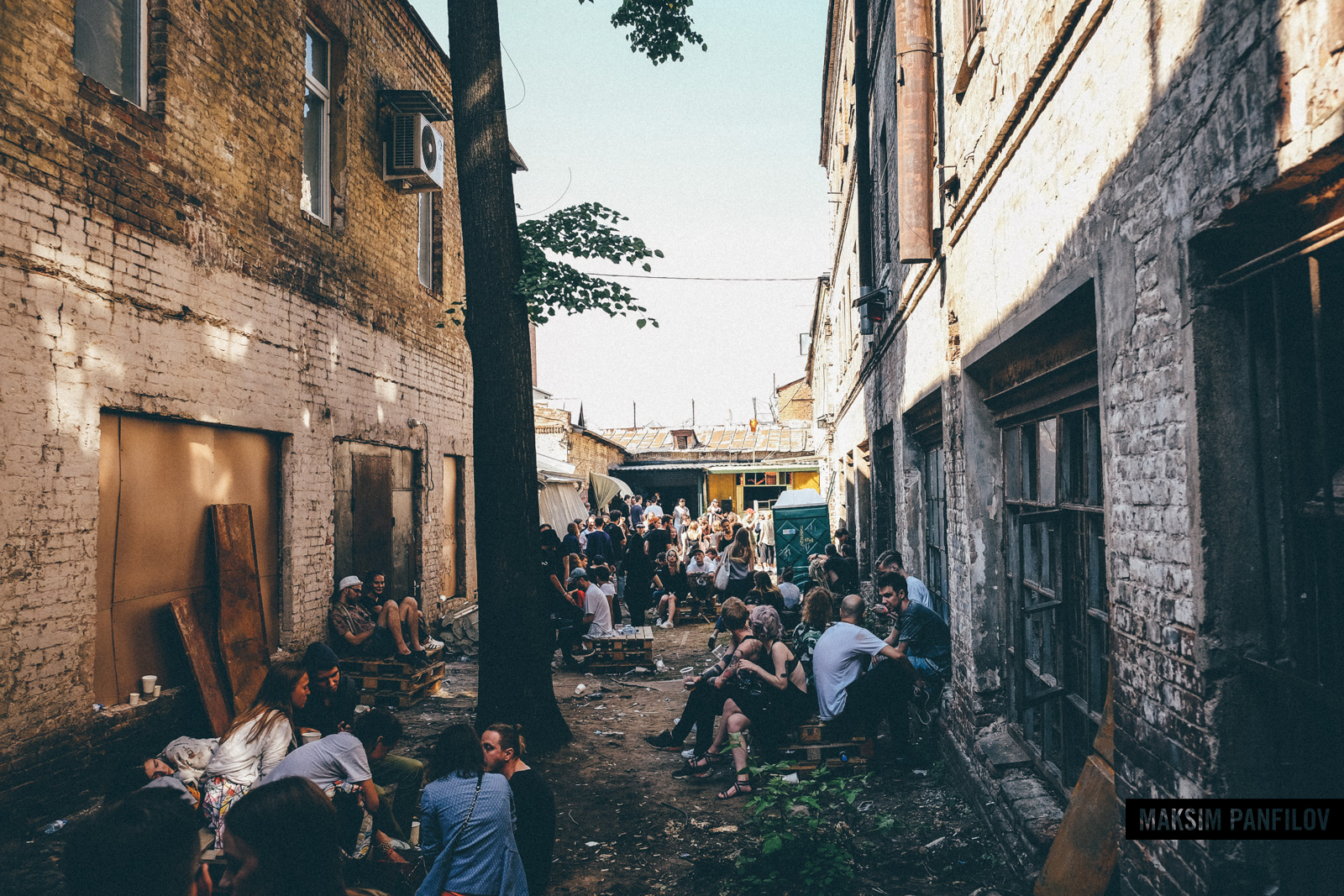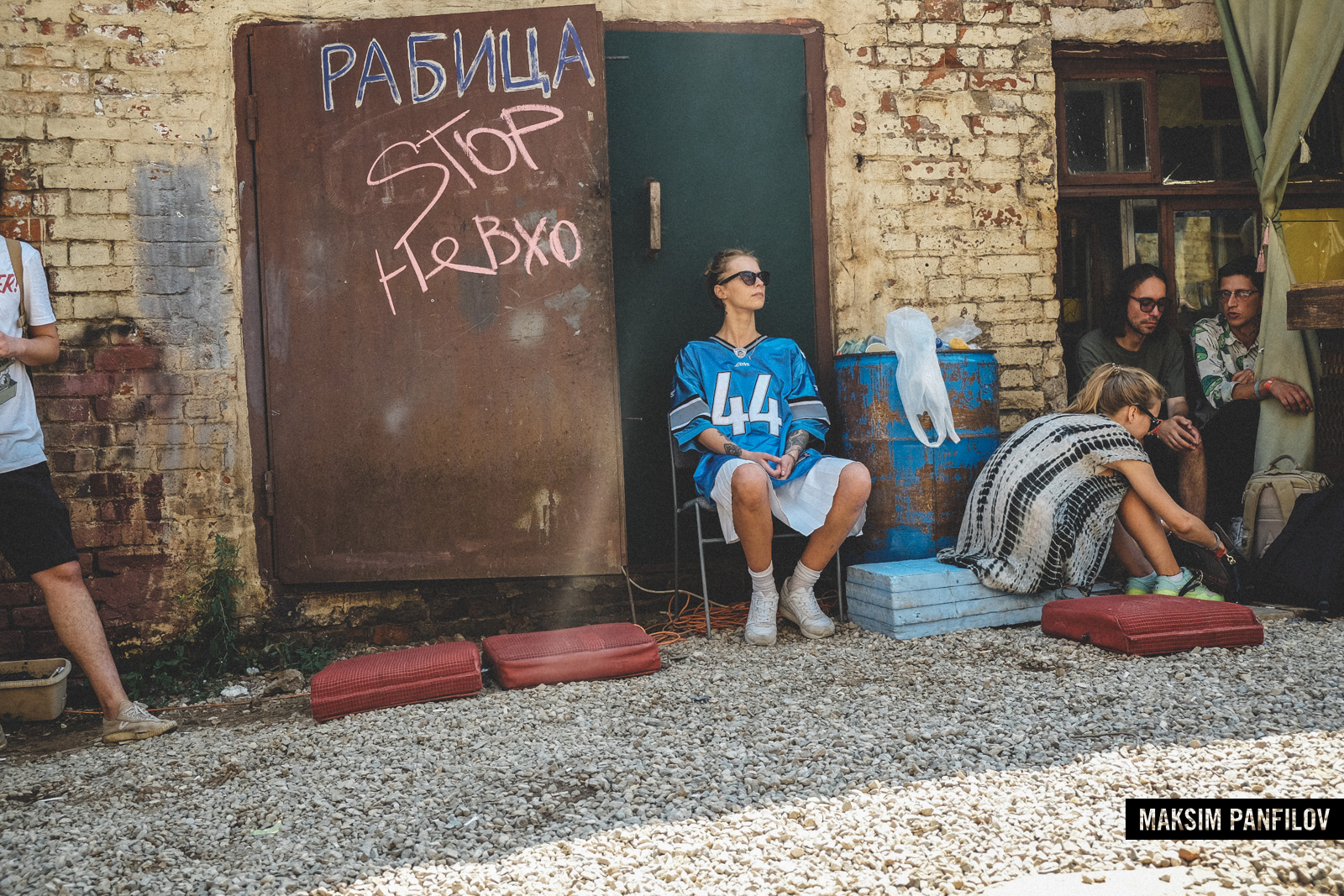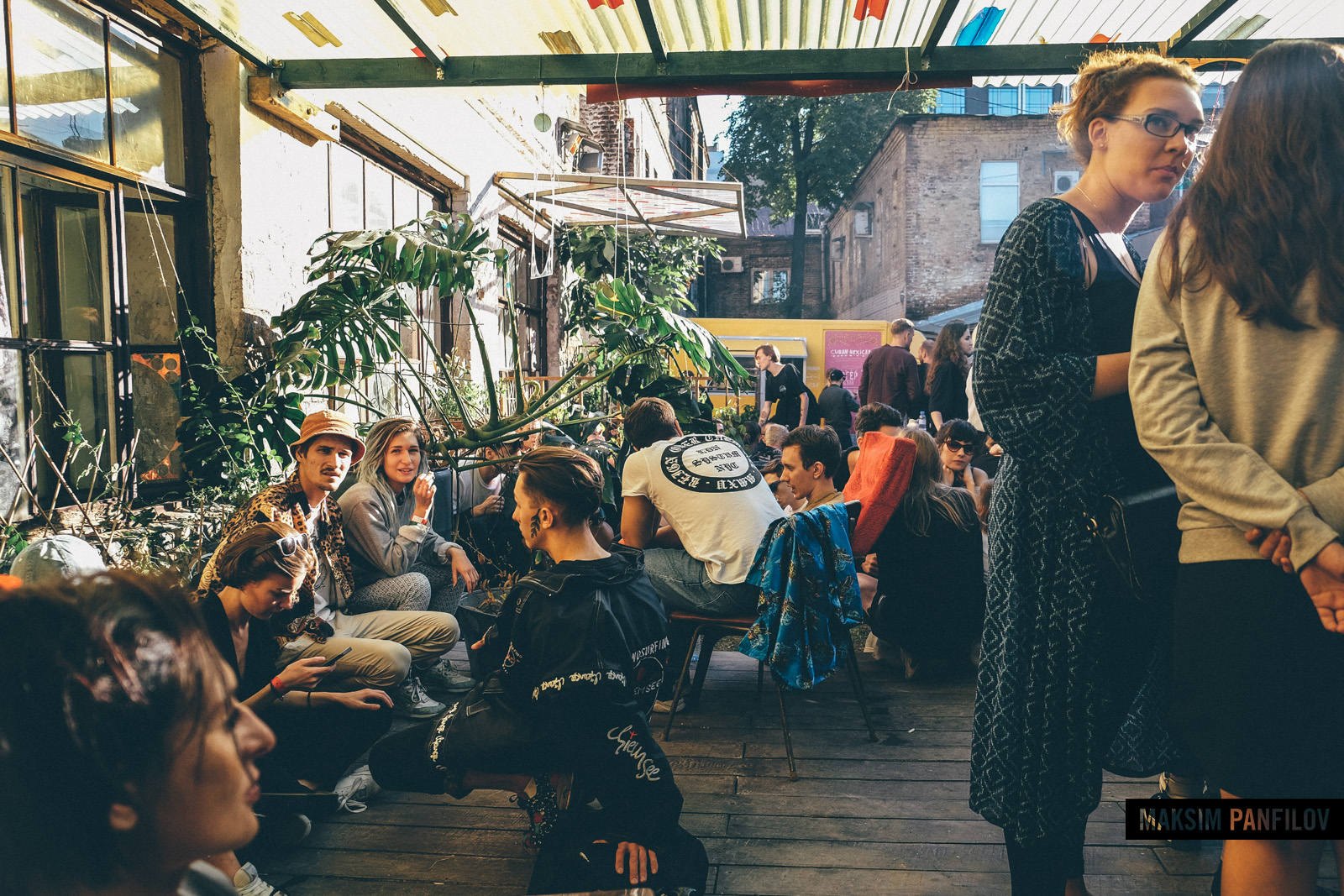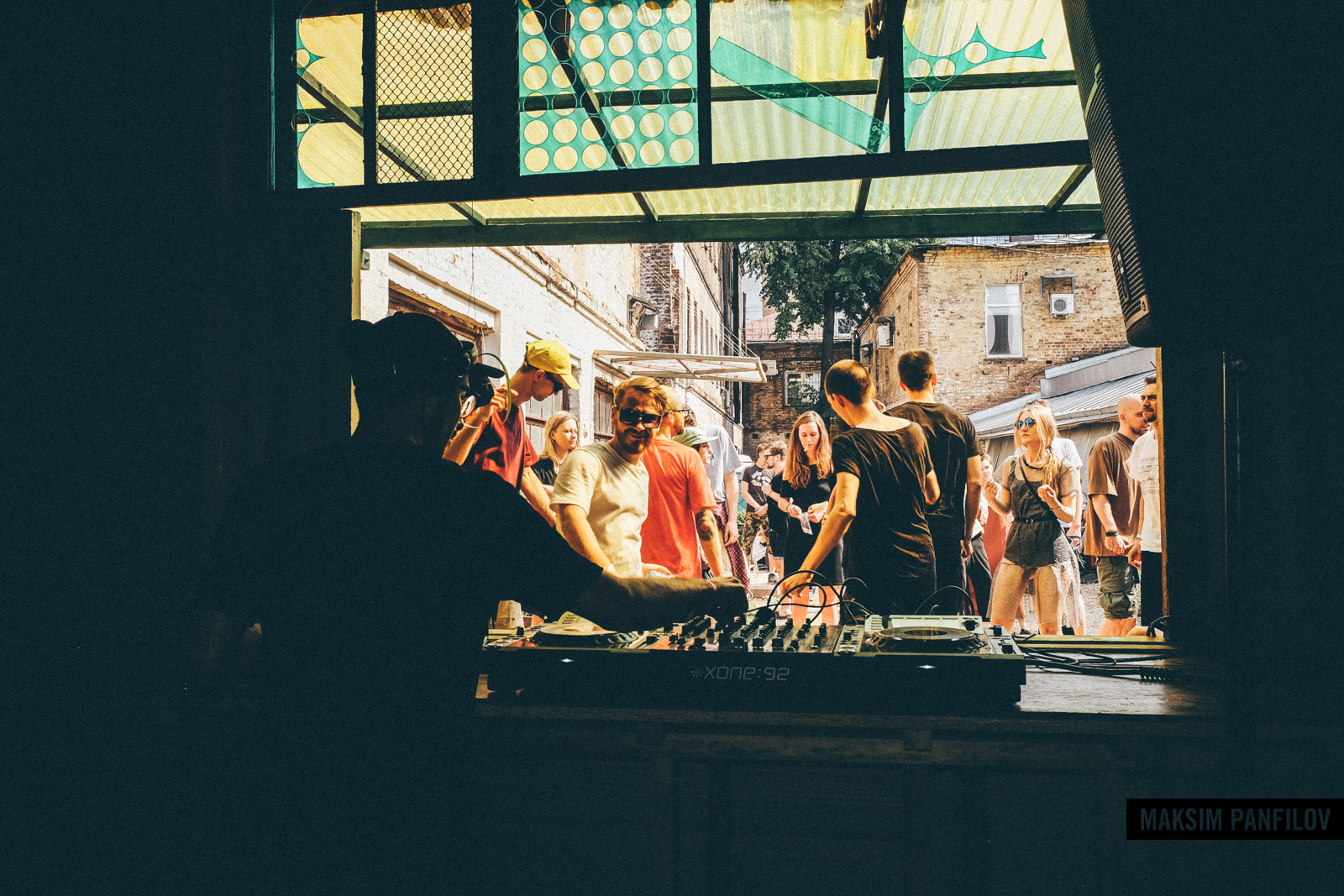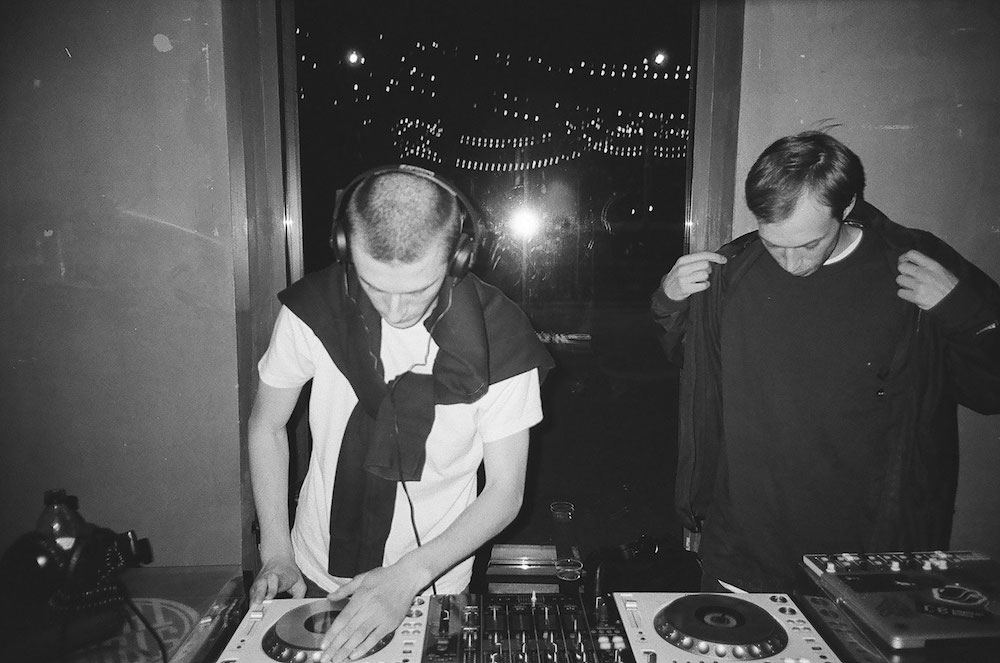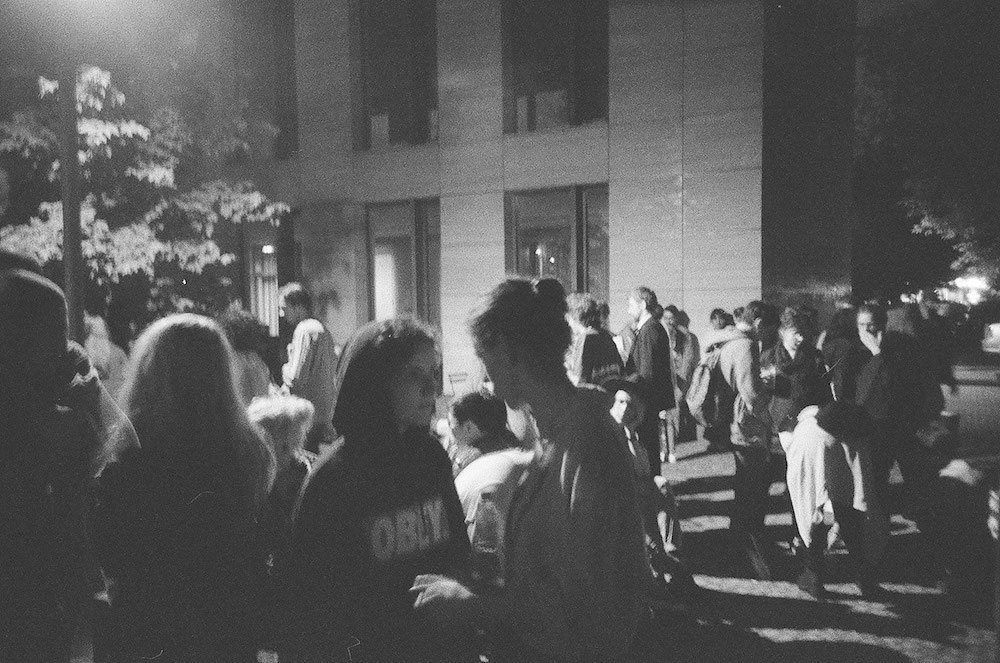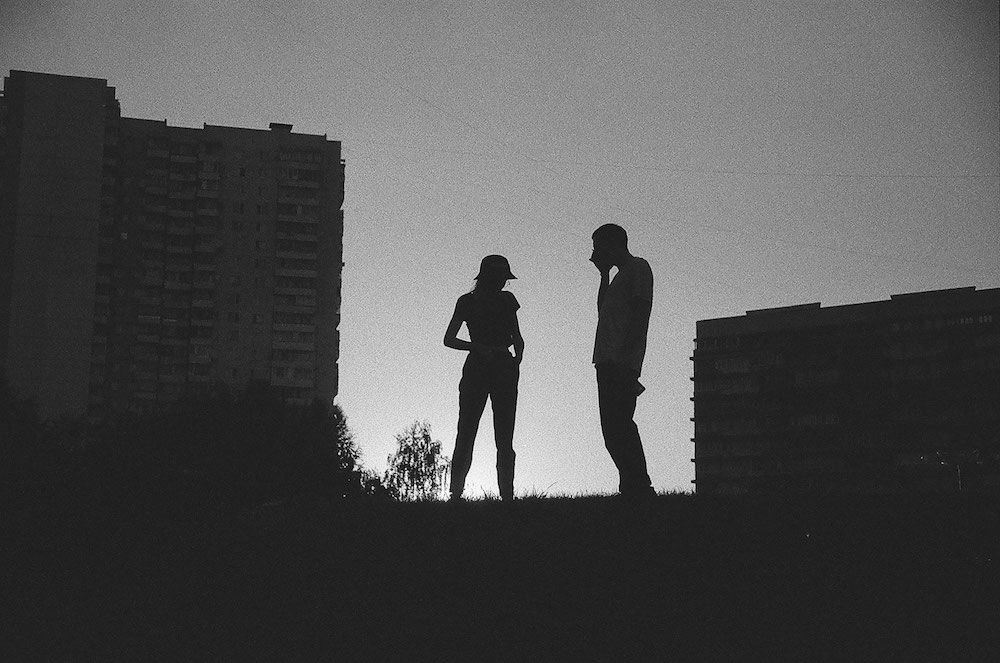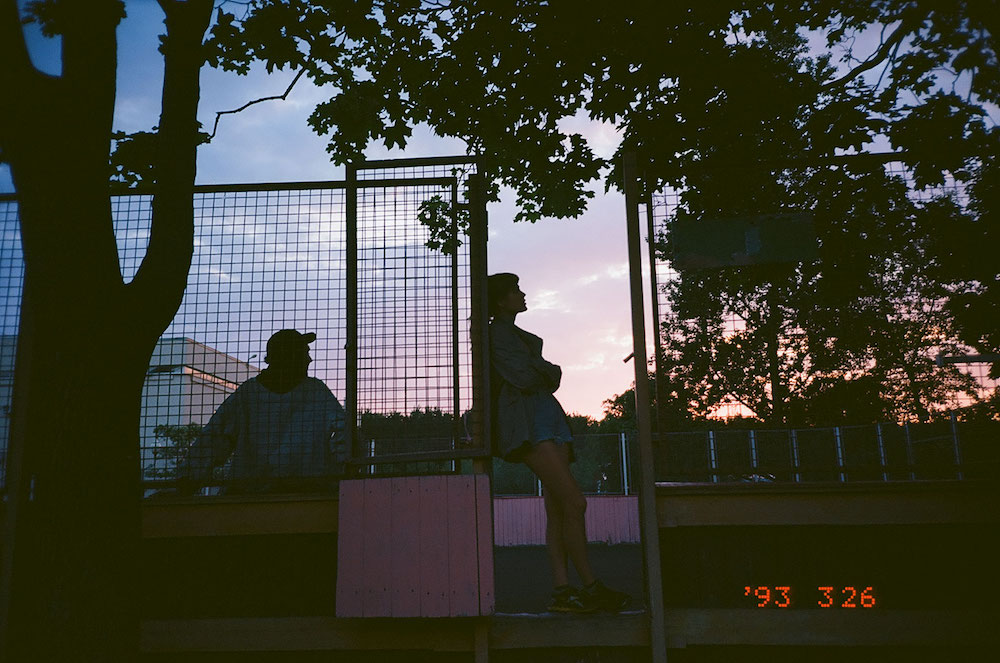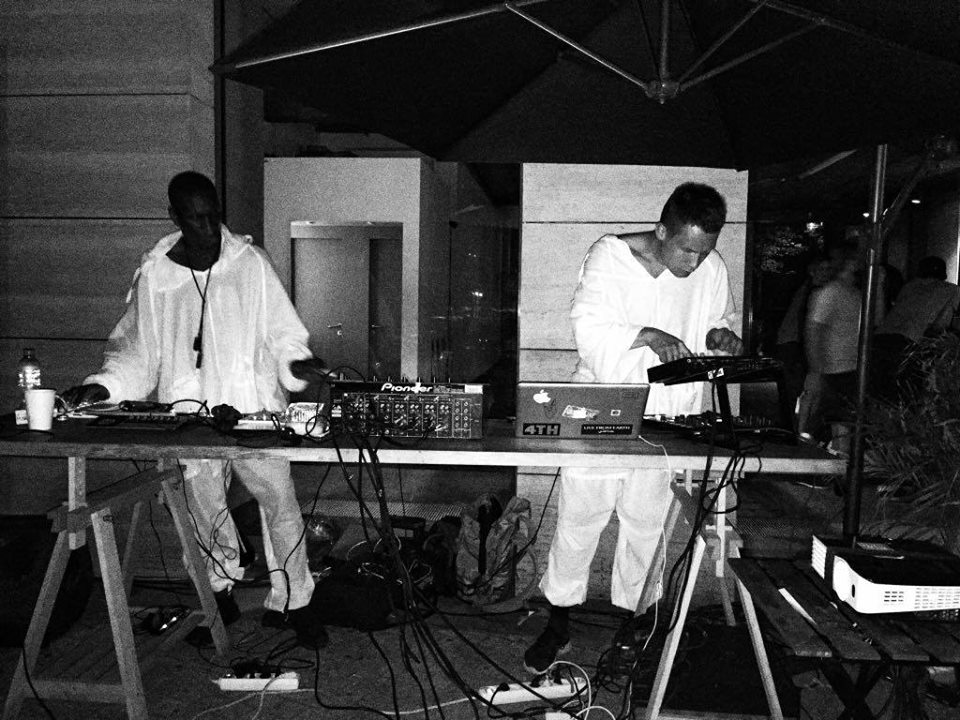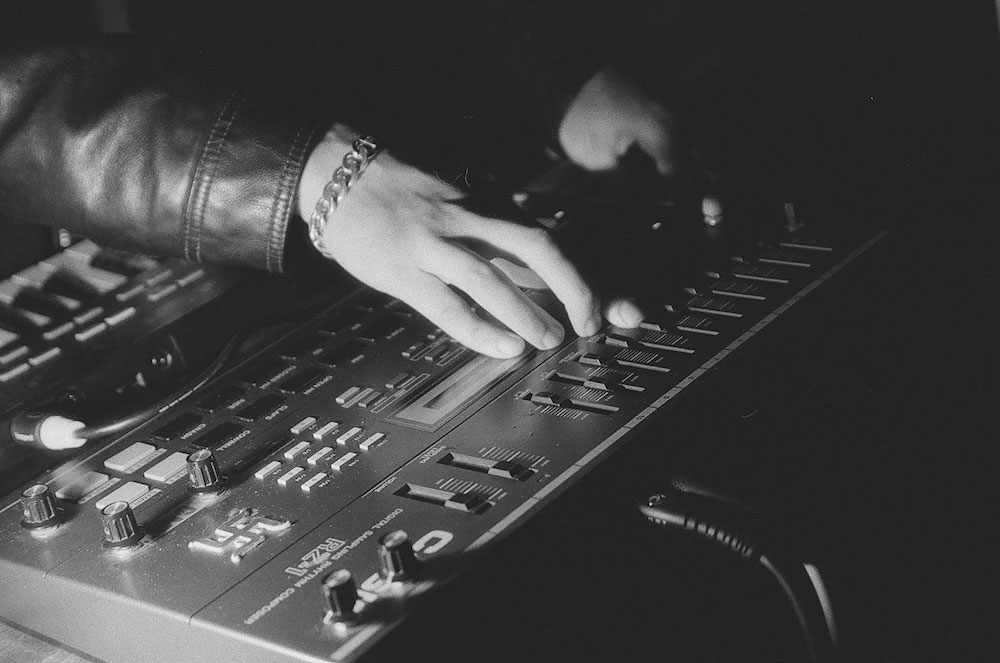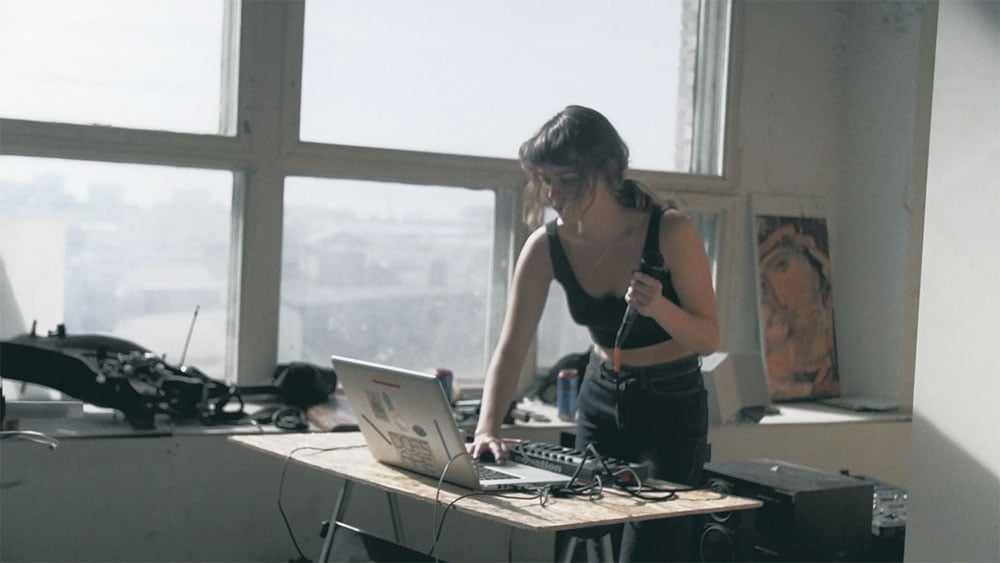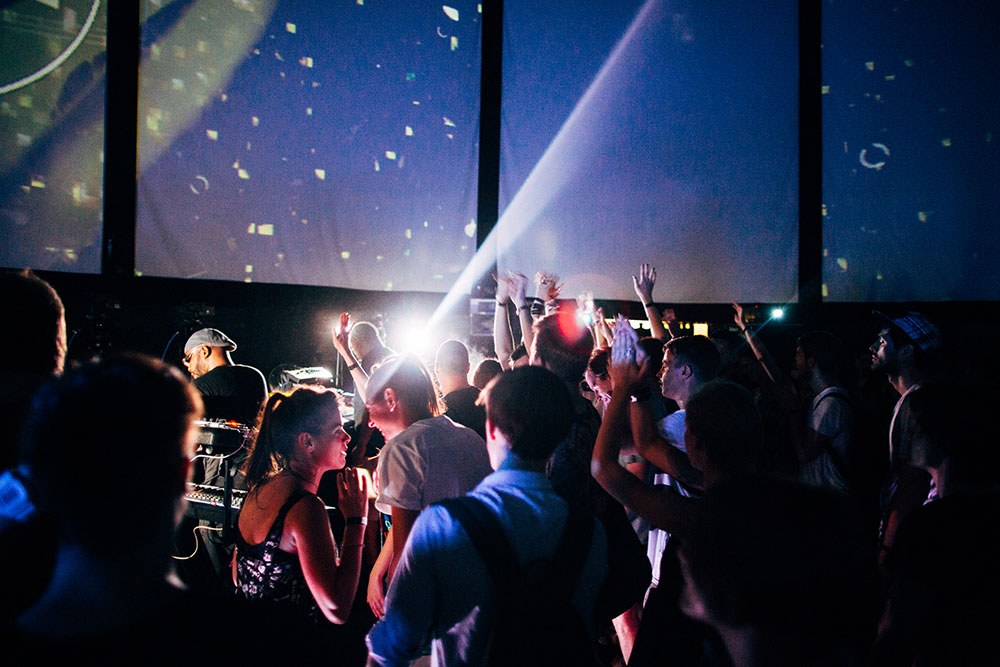Moscow nightlife: how a new wave of DIY club is breathing life into the capital’s party scene
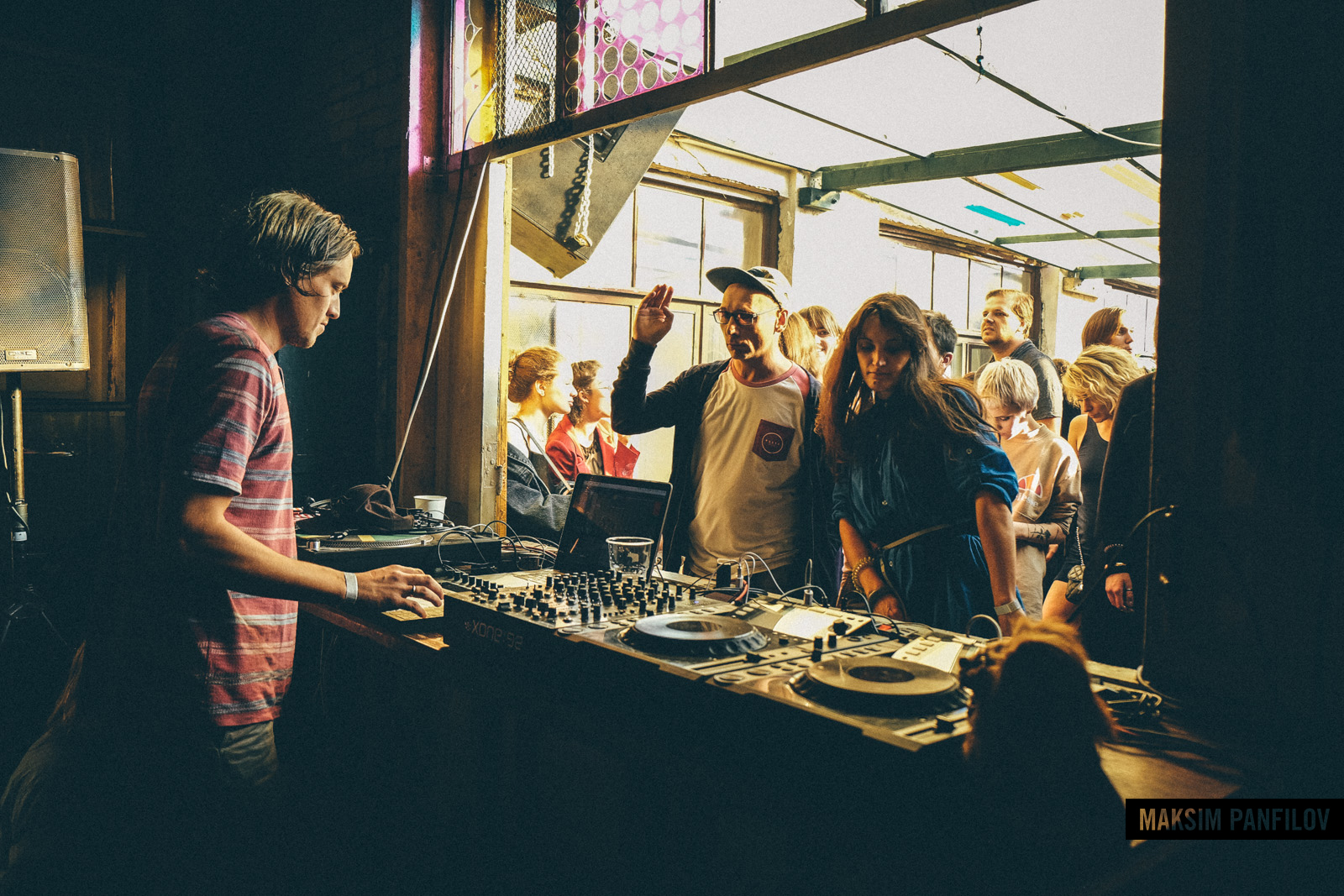
Russia's recent economic hardships have had an energising effect on Moscow's clubbing scene, as lower rents and fewer international artists have created the perfect conditions for a homegrown scene to thrive
It’s 10am on a sweltering July day in Moscow. In the unassuming Baumanskaya district, northeast of the metro ring line, small groups of dishevelled partygoers are emerging from a courtyard. Inside, small gatherings of Muscovites seek shelter from the sun and refreshment, while on the far left of the yard the club’s entrance is visible by a line of barrels. This could be a scene from any weekend morning in Berlin — Friedrichshain, perhaps — but more rough-and-ready, less likely to pass a health and safety inspection. We follow the music to the outside dance floor where revellers dressed head to toe in black are swaying to the sounds of Moscow-based producer Xan and sipping Club-Mates. This is Rabitza, one of the new wave of DIY clubs reinvigorating Moscow’s electronic music scene.
Rabitza and similar clubs like NII represent a shift in the role of the Moscow club and reflect how Muscovites have come to expect more from their nightlife. Unlike Moscow clubs in the past, which have operated notorious “face control” policies, where entry is dependent on the whim of the bouncer, these DIY clubs are far more inclusive. They are not only nightclubs, but places for people to hang out in, party or no party. NII (Nauka i Izkustvo, or “Science and Art”) hosts art exhibitions and puts on table football and ping-pong tournaments in its small courtyard. Many of the staple Moscow venues that played a pivotal role in the city’s scene over the past few years, such as Monasterio, Solyanka and Arma have closed mainly for financial reasons (although Arma are still running parties every so often). The DIY clubs have filled a void by giving partygoers an experience not provided before in Moscow.
The emergence of clubs like Rabitza has been one of the surprisingly positive side effects of the economic crisis, which hit Russia at the end of 2014 following the annexation of Crimea earlier that year. After its onset, rents in Moscow began to fall as supply exceeded demand. The seven-strong crew behind Rabitsa realised they could afford to open their own club, and after looking at 40 or so places they finally stumbled on a former aviation workshop on Olkovskaya Street in the Baumanskaya district.
After years of organising parties in other Moscow venues they were keen to found a venue of their own, a space in which their friends could realise their creative ambitions. The seven original founders spent a month before the club’s opening gutting, repairing, demolishing, installing, plumbing, and building. “It’s almost like being at the dacha,” explains Sergei. “It combines physical labour with relaxation time.”
On the club’s squat-like, DIY-style appearance, Ivan says “there’s something ultimately wild or safari-like about it and people like that”. But the underground feel goes well beyond aesthetics. “When people come here they say that Rabitza reminds them of Berlin,” says Sergei. “But the key difference is that nightlife in Berlin is supported by the state, it’s part of state infrastructure therefore, both as a commercially viable industry and as a form of culture that is approved by the state. So, in Berlin in 2016 it’s not possible to have something truly underground. Whereas, in Moscow it is.”
Given the current predicament of London’s nightlife — numerous closures of popular venues; the almost-closure of the legendary Fabric — it’s interesting to note the contrast with Moscow, another mega-corporate metropolis. It seems the more surprising therefore, that a young group of music producers, enthusiasts and promoters are able to afford a space like this, and to produce such a triumph in construction work in the space of a month, having had no prior experience. Perhaps this illustrates the extent to which public space in cities like London and in New York, which saw its nightlife heavily curtailed in the city’s increasing fight for space, is no longer accessible to young people. Ironically, in Russia, space has become more available at a time when the country is experiencing economic hardship. According to Sasha, times of crisis “provoke an eruption of cultural activity”.
The founders of NII, Aleksandr Khmelevsky, famous for bringing a wide array of international artists, not just in the electronic genre, to Moscow, and Ildar Zaynetdinov founder of Moscow label Gost Zvuk, faced great difficulties when they opened in November 2014. It was unfortunate timing as prices increased twofold. This contrasts with Rabitza, which opened when the initial panic wrought by crisis had stabilised. High costs forced the NII guys to do everything themselves, as the onset of crisis meant very few people could offer them support. This was not something they had been able to anticipate, so the club’s DIY element was largely accidental.
There were some positives, however. “Perhaps the general feeling of despair nudged people to party harder,” says Aleksandr. The most significant outcome has been the flourishing of the local music scene. Foreign line-ups had dominated the Moscow scene before the crisis, to the extent where people stopped going to nights with local line-ups. This proved detrimental to the development of Russia’s homegrown electronic movement. The crisis meant it was suddenly much more expensive to bring foreign artists over. As Aleksandr explains: “It’s been easy to bring artists from all over Russia, and more people here have begun to play as a result.” NII has played an integral role in developing local talent, notably as a base for the John’s Kingdom label.
As things have begun to stabilise more recently, the NII crew have been bringing over acts from abroad and the club has played a pivotal role in securing more of a balance between local and foreign acts. As Aleksandr explains: “We bring over lots of artists from all over the world and when they come they really enjoy the reception they receive and have become interested in our local scene.” The most crucial thing that Aleksandr and Ildar envisage for NII is diversity in all senses: a diverse range of artists; varying musical genres; and a wide range of events from film screenings to exhibitions to parties.
Other examples of the DIY trend include Ema in 2015 and 2016’s Krugozor. Both spaces were temporary summer clubs hosting both foreign and local acts, run by Moscow-based production company Stereotactic. The key difference, however, was that these pop-up clubs had extensive business operations behind them.
While the idea that times of turbulence bring new richness to culture is nothing new, perhaps in Moscow it is in keeping with the Russian tradition of channeling despair and hardship into something creative, and hence not a total surprise. There is no doubt, however, that the changes rendered by crisis have given Moscow and indeed Russia’s young electronic music community the opportunity to thrive.
